Your One-Stop Shop for Everyday Essentials & Unique Finds
Ultimate Guide to Choosing the Best Cold Weather Gear for Outdoors Adventures
When it gets chilly, having the right cold weather gear for outdoors can make or break your adventure. Whether you're hiking, skiing, or just enjoying a winter walk, picking the right clothes and accessories is super important. This guide will help you figure out what you need to stay warm and dry, no matter what Mother Nature throws your way. Let's dive into the essentials that'll keep you cozy during your outdoor escapades.
Key Takeaways
- Layering is key. Start with a base layer, add insulation, and finish with a weatherproof outer layer.
- Choose insulation based on your activity. Down is great for dry conditions, while synthetic is better for wet weather.
- Weatherproofing your gear is essential to keep dry. Look for waterproof and windproof features.
- Don't forget your feet! Invest in insulated boots and moisture-wicking socks.
- Accessories like hats, gloves, and scarves can make a big difference in retaining body heat.
Understanding Cold Weather Gear Essentials
The Importance of Layering
Layering is like building a fortress against the cold. You start with a moisture-wicking base layer that keeps sweat away from your skin. This could be a synthetic material or wool, both excellent choices to stay dry. Next, you add a mid-layer, like fleece, which provides warmth. Finally, an insulated jacket acts as your outer layer to block wind and snow. Each layer serves a purpose, and together, they ensure you stay warm and comfortable.
Choosing the Right Insulation
Insulation is your best friend when you're out in the cold. It traps heat, keeping you warm. There are two main types: down and synthetic. Down is lightweight and super warm, perfect for dry conditions. But if you expect wet weather, synthetic insulation is ideal because it retains heat even when wet. Consider what kind of conditions you'll face and choose your insulation accordingly.
Weatherproofing Your Gear
Weatherproofing is all about keeping the elements out. You need gear that is both waterproof and windproof. Look for materials that keep moisture at bay while allowing your body to breathe. Sealed seams, sturdy zippers, and reinforced stitching are features to look for. These details prevent cold air and water from sneaking in, keeping you dry and warm. Don't forget to reapply waterproof treatments as needed to maintain your gear's performance.
When you're out in the cold, being prepared with the right gear can make all the difference between an enjoyable adventure and a miserable one. Invest in quality gear, and it will take care of you when you need it most.
Selecting the Perfect Jacket for Your Adventure
Choosing between down and synthetic insulation is a big decision when picking a winter jacket. Down jackets are known for their warmth and lightweight feel, making them a popular choice for frigid temperatures. They compress easily, which is great for packing. However, they lose their insulating power when wet. On the other hand, synthetic jackets offer decent warmth and maintain insulation even when damp, making them a more reliable choice in wet conditions. They're often more affordable, too.
Features to Look for in a Winter Jacket
When shopping for a winter jacket, consider these features:
- Waterproofing: Essential for keeping dry in snow or rain.
- Breathability: Allows moisture to escape, preventing sweat buildup.
- Adjustable Hoods and Cuffs: Helps seal out cold winds.
- Pockets: Handy for storing essentials or warming hands.
How to Ensure a Proper Fit
A well-fitting jacket is key to staying warm. Here's how to check the fit:
- Layer Up: Try the jacket on over layers to ensure it fits well with your typical winter outfit.
- Move Around: Lift your arms and bend over to make sure there's no restriction.
- Check Length: The jacket should cover your lower back and wrists to keep drafts out.
Finding the perfect winter jacket is like choosing your adventure partner; it needs to support you through thick and thin. Whether you're braving the icy streets or tackling snowy trails, your jacket should be up to the task. For a deeper look into the top brands like Fjallraven, Canada Goose, The North Face, and Patagonia, check out this comprehensive evaluation of winter jackets to find what suits your climate best.
Footwear That Keeps You Warm and Dry
Choosing Insulated Boots
When it comes to braving the cold, the right footwear can make or break your adventure. Insulated boots are a must-have for any cold weather outing. They're designed to keep your feet warm by trapping heat inside. Look for boots with high-quality insulation materials like Thinsulate or PrimaLoft, which offer warmth without adding too much bulk. Besides warmth, these materials are lightweight, making it easier to trek through snow or icy trails without feeling weighed down.
Another key feature to consider is waterproofing. Wet feet can lead to discomfort and even frostbite in extreme conditions. Boots with a waterproof membrane or a durable water-repellent coating are your best bet. These features ensure that snow, slush, and rain stay out, keeping your feet dry and cozy.
The Role of Socks in Cold Weather
Don't underestimate the power of a good pair of socks. Wool socks, particularly those made from merino wool, are excellent for winter wear. They provide great insulation, wick moisture away, and keep your feet dry. It's wise to bring an extra pair along just in case your feet get wet, as staying dry is crucial for warmth.
Here's a quick list of what to look for in winter socks:
- Material: Opt for wool or synthetic blends for the best insulation.
- Fit: Ensure they fit snugly but aren't too tight, as circulation is important.
- Thickness: Choose thickness based on your boots and personal comfort.
Waterproofing Your Footwear
Waterproofing is non-negotiable when it comes to cold weather gear. Even the best-insulated boots won't keep you warm if they're soaked through. Consider applying a waterproof spray to your boots before heading out. This extra layer of protection can make a big difference, especially if you're planning to trek through deep snow or slushy trails.
Remember, keeping your feet warm and dry isn't just about comfort—it's about safety. Cold, wet feet can lead to serious health issues, so investing in the right gear is essential.
For those who love winter adventures, having the right essential outdoor accessories like insulated boots and thermal socks can make all the difference in enjoying your time outside. Stay warm, stay dry, and enjoy the snow!
Accessorizing for Maximum Warmth
When it comes to staying warm in the cold, the little things make a big difference. Accessories are your best friends. They might seem small, but they pack a punch when it comes to keeping you cozy.
The Best Hats for Cold Weather
Keeping your head warm is crucial since you lose a lot of heat there. A good hat can make all the difference. Look for beanies made of wool or fleece. These materials trap heat while letting your skin breathe. Some folks swear by brands like Arc’teryx or Smartwool for their quality and comfort. Remember, a snug fit is key to keeping the warmth in and the cold out.
Gloves and Mittens: Finding the Right Pair
Cold hands? No thanks! Gloves and mittens are essential. If you're doing something active, like skiing, go for gloves with good insulation and waterproofing. Mittens are warmer since your fingers share heat, but they might be less practical if you need to use your phone or handle gear. Consider mittens with removable liners for versatility. Outdoor Research and Black Diamond offer great options that balance warmth and dexterity.
Scarves and Neck Gaiters for Added Protection
Don't underestimate the power of a good scarf or neck gaiter. They keep the chill off your neck and can be pulled up to protect your face from biting winds. Buffs, which are versatile tube-shaped scarves, are popular for their multifunctionality. You can wear them as a neck warmer, face mask, or even a headband. Look for materials like merino wool for extra warmth without the itchiness.
Maintaining Your Cold Weather Gear
Cleaning and Storing Your Gear
Alright, let's talk about keeping your gear in top shape. First up, cleaning. Always check the manufacturer's instructions before you toss anything in the wash. Some materials need a gentle touch, and you don't want to ruin your favorite jacket. Use mild detergents and avoid fabric softeners—they can mess with the fabric's ability to repel water. Once clean, make sure everything is completely dry before storing.
When it comes to storage, think cool, dry, and dark. You want to avoid places where moisture or sunlight can sneak in and damage your stuff. Consider using garment bags or storage bins to keep bugs and dust at bay.
Repairing Wear and Tear
No matter how careful you are, wear and tear happens. Regular inspections are your best friend here. Look for loose threads, small tears, or worn-out zippers. Fix these issues as soon as you spot them. You can find repair kits for most common problems, or take your gear to a professional if you're not comfortable doing it yourself.
Here’s a quick checklist for repairs:
- Check seams and zippers for damage.
- Look for fabric tears or holes.
- Inspect for any lost or loose buttons or snaps.
Reapplying Waterproof Coatings
Over time, your gear's waterproof coating can wear off, leaving you vulnerable to the elements. Reapplying this coating is a must to keep your gear functional. You can find waterproofing sprays or wash-in treatments that are easy to use at home.
Here's how to do it:
- Clean your gear thoroughly to remove dirt and oils.
- Apply the waterproofing treatment according to the product instructions.
- Let it dry completely before storing or using it again.
Keeping your gear in good condition isn't just about looking after your investment—it's about staying warm and dry on your next adventure. A little maintenance goes a long way in making sure your gear lasts for many seasons to come.
For more tips on staying warm, check out our winter guide to make sure you're prepared for the cold.
Budgeting for Quality Cold Weather Gear
Understanding Price vs. Quality
When it comes to cold weather gear, quality often comes with a price tag. But don't let that scare you off. Investing in the right gear can make your outdoor adventures much more enjoyable and safe. High-quality gear doesn't just mean higher prices; it means better materials, durability, and performance.
Consider the materials used in the gear. For instance, synthetic materials like polyester and nylon are popular for their excellent insulation properties and moisture-wicking capabilities. These features are crucial when you're out in the cold, keeping you warm and dry.
Finding Deals and Discounts
Who doesn't love a good deal? Finding quality gear at a discount is like hitting the jackpot. Start by checking out sales during off-seasons. Many retailers offer significant discounts on winter gear during the spring and summer months. Don't forget to sign up for newsletters from your favorite brands to get exclusive discount codes and early access to sales.
Another tip is to look for outdoor apparel that suits your needs. Many stores offer deals on last season's styles, which are often just as effective as the latest models but come at a fraction of the cost.
Investing in Long-lasting Gear
Think of your cold weather gear as an investment. Spending a bit more upfront can save you money in the long run. Durable gear lasts longer, meaning you won't have to replace it as often. Look for features like reinforced stitching, sealed seams, and sturdy zippers, which enhance the lifespan of your gear.
"Choosing the right gear means balancing your budget with the desire for quality and durability. It's not just about staying warm—it's about staying warm season after season."
By prioritizing quality and durability, you ensure that your gear will withstand the test of time and weather. So, while it might be tempting to go for the cheapest option, remember that investing in gear that lasts can be the most cost-effective choice in the long run.
Exploring Brand Options and Reviews

Top Brands for Cold Weather Gear
When it comes to cold weather gear, not all brands are created equal. Some have been around for ages, known for their quality and durability, while others are newer but quickly gaining popularity. Brands like The North Face, Patagonia, and Columbia are household names when it comes to staying warm in the harshest conditions. They offer a wide range of products from jackets to boots, ensuring you're covered from head to toe. On the other hand, newer brands like Arc'teryx and Outdoor Research are making waves with their innovative designs and materials. It's always a good idea to check out what each brand specializes in, as some might focus more on technical gear while others excel in style and comfort.
Reading and Understanding Reviews
Before you make a purchase, diving into reviews can be a game-changer. Reviews give you a peek into other buyers' experiences and can highlight potential issues or benefits you might not have considered. Here’s a quick guide on how to make the most of them:
- Look for reviews that mention specific features you're interested in, like insulation quality or waterproofing.
- Be wary of reviews that seem overly positive or negative without much detail.
- Pay attention to reviews from people who use the gear in similar conditions as you plan to.
Making an Informed Purchase Decision
Once you've done your homework on brands and sifted through reviews, it's time to make your choice. Consider your specific needs: Are you hiking in wet conditions, or do you need something for extremely low temperatures? Your adventure type will significantly influence your decision. Remember, investing in quality gear can make all the difference in your outdoor experience. Sometimes, spending a bit more upfront saves you from the hassle of replacing gear frequently.
Choosing the right brand and gear isn't just about staying warm—it's about comfort, durability, and making sure your adventure is as enjoyable as possible.
Wrapping It Up: Your Cold Weather Adventure Awaits!
Alright, folks, there you have it! Picking out the best cold weather gear isn't just about grabbing the first puffy jacket you see. It's about knowing what you need, what you can afford, and what will keep you toasty when the temperature drops. Remember, it's all about layers, quality, and a bit of personal flair. Whether you're hitting the slopes, trekking through snowy trails, or just trying to survive the winter commute, the right gear makes all the difference. So, gear up, stay warm, and enjoy the great outdoors. Winter's got nothing on you now!
Frequently Asked Questions
Why is layering important in cold weather?
Layering helps trap heat and keeps you warm by creating layers of insulation. It also allows you to adjust your clothing to stay comfortable as temperatures change.
How do I pick the right insulation for my jacket?
Choose insulation based on your activity and weather conditions. Down is warm and lightweight but not great when wet. Synthetic is heavier but keeps you warm even if it gets wet.
What should I look for in winter boots?
Look for insulated boots that are waterproof and offer good traction. Make sure they fit well and are comfortable for walking long distances.
How can I keep my gear in good shape?
Regularly check your gear for any damage and fix it quickly. Clean and store your gear properly, and reapply waterproof coatings as needed to keep it working well.
Is it worth spending more on high-quality gear?
Yes, investing in quality gear often means better protection and longer-lasting items. It might cost more upfront, but it can save you money in the long run.
How do weather conditions affect my gear choice?
Cold, wind, and moisture levels influence the type of gear you need. Choose gear that offers the right insulation, windproofing, and moisture-wicking properties for the conditions you'll face.

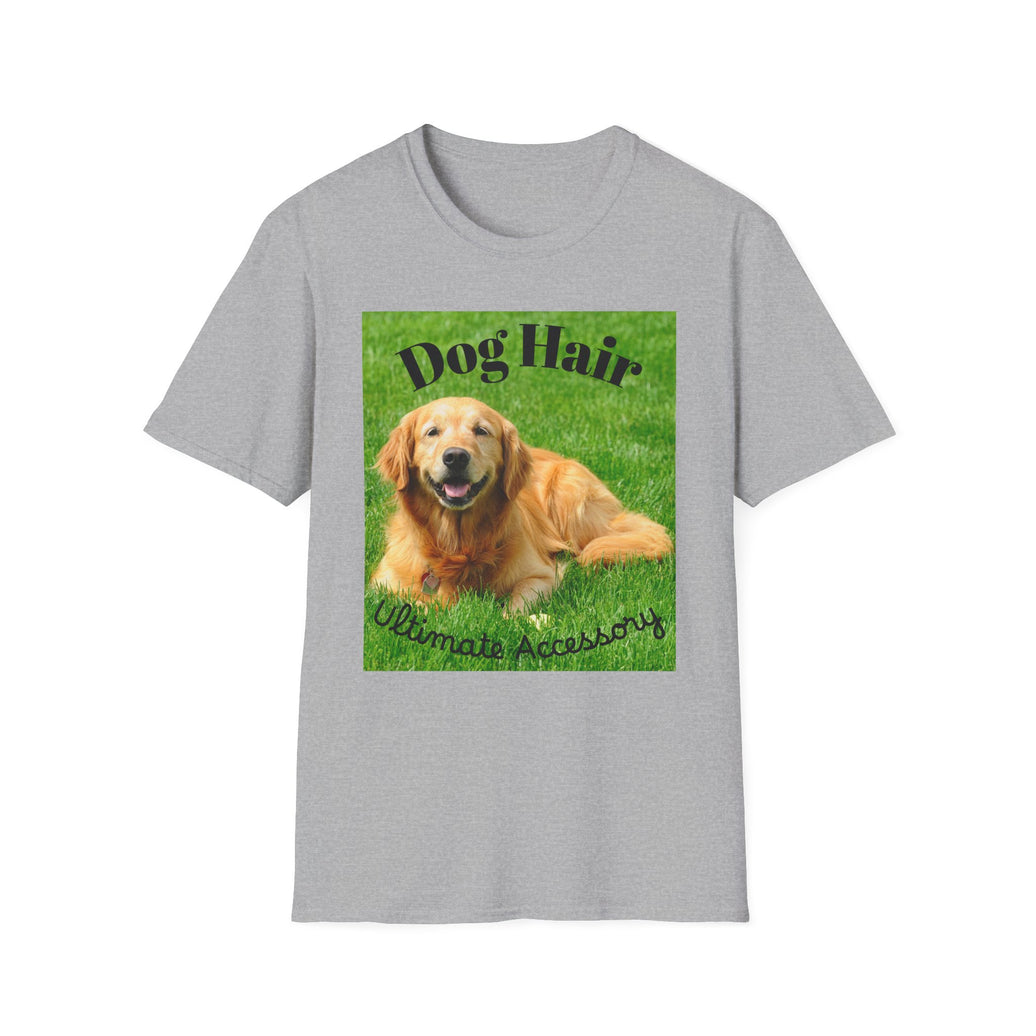
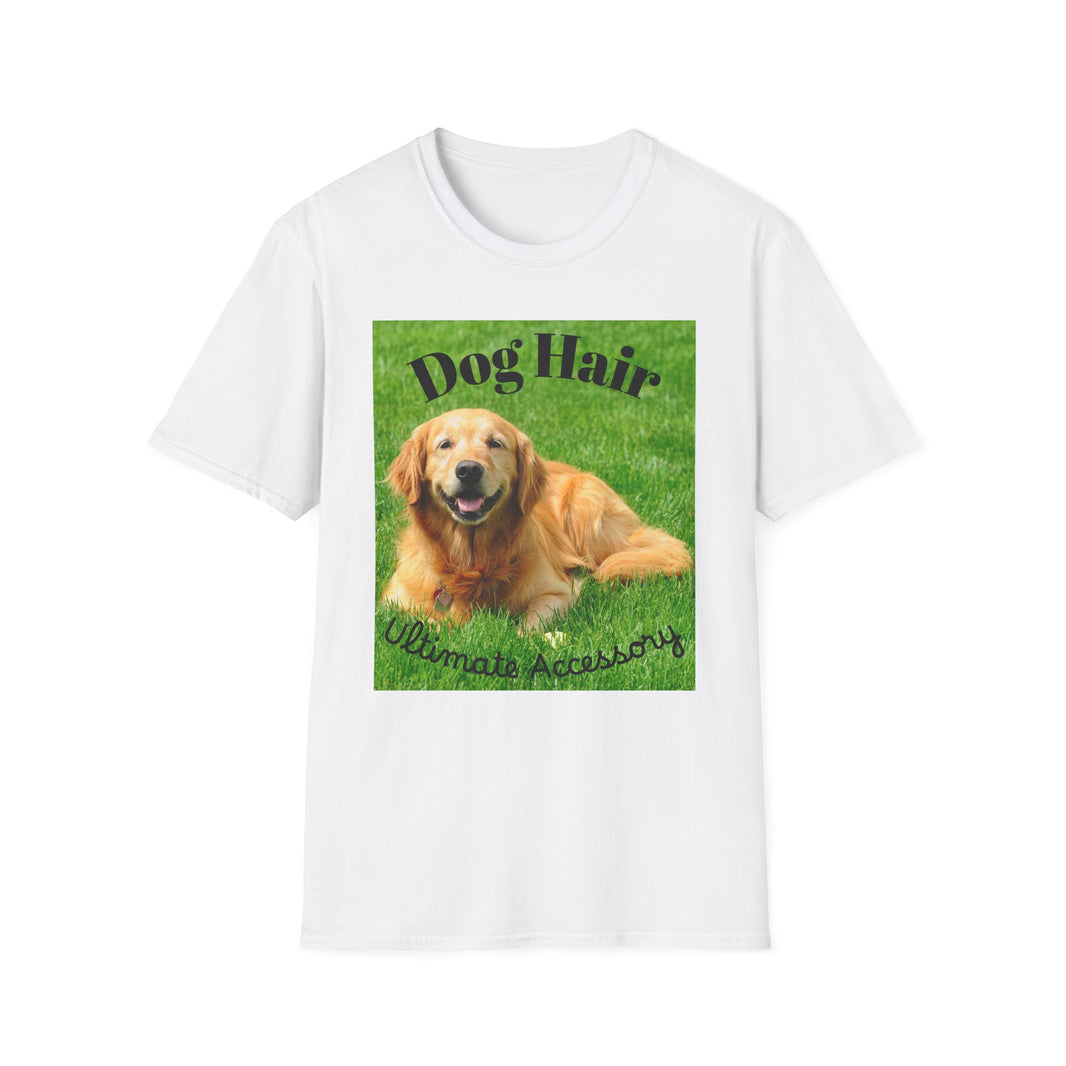
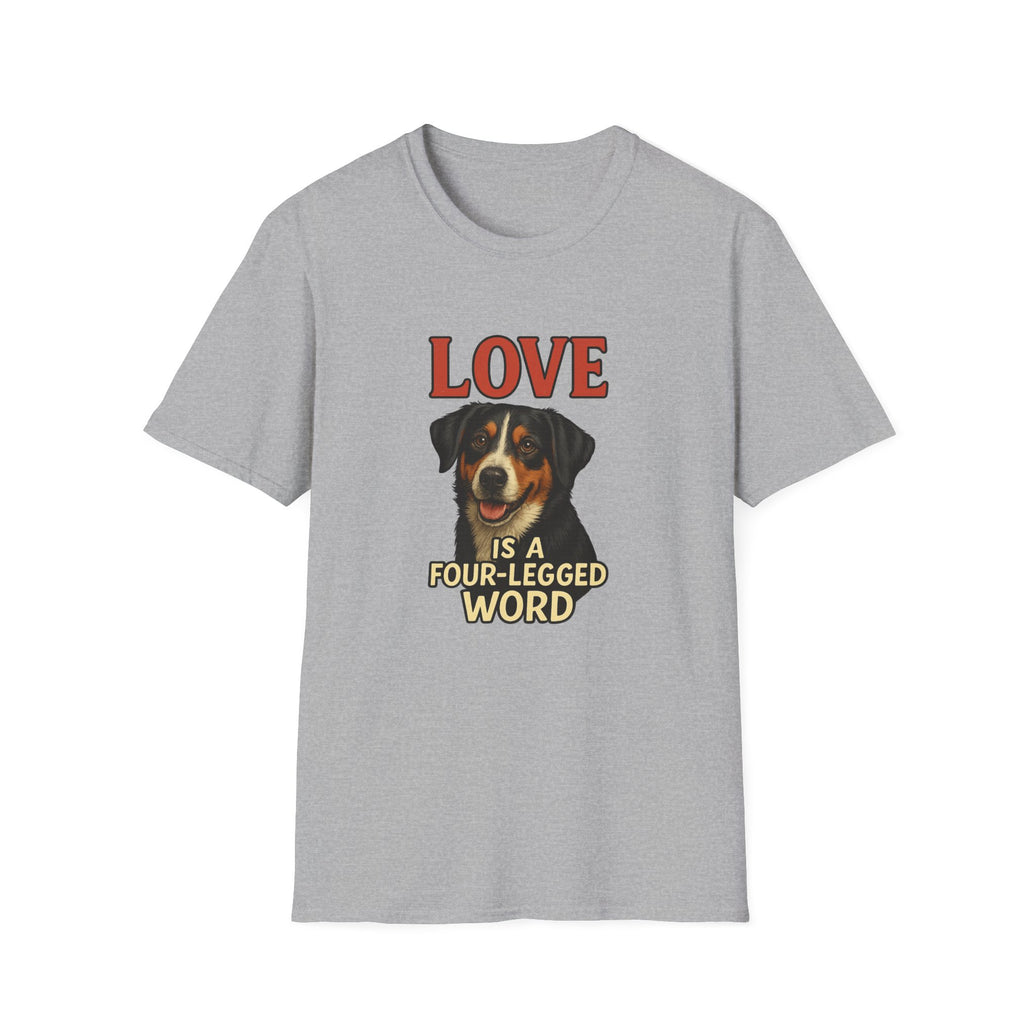
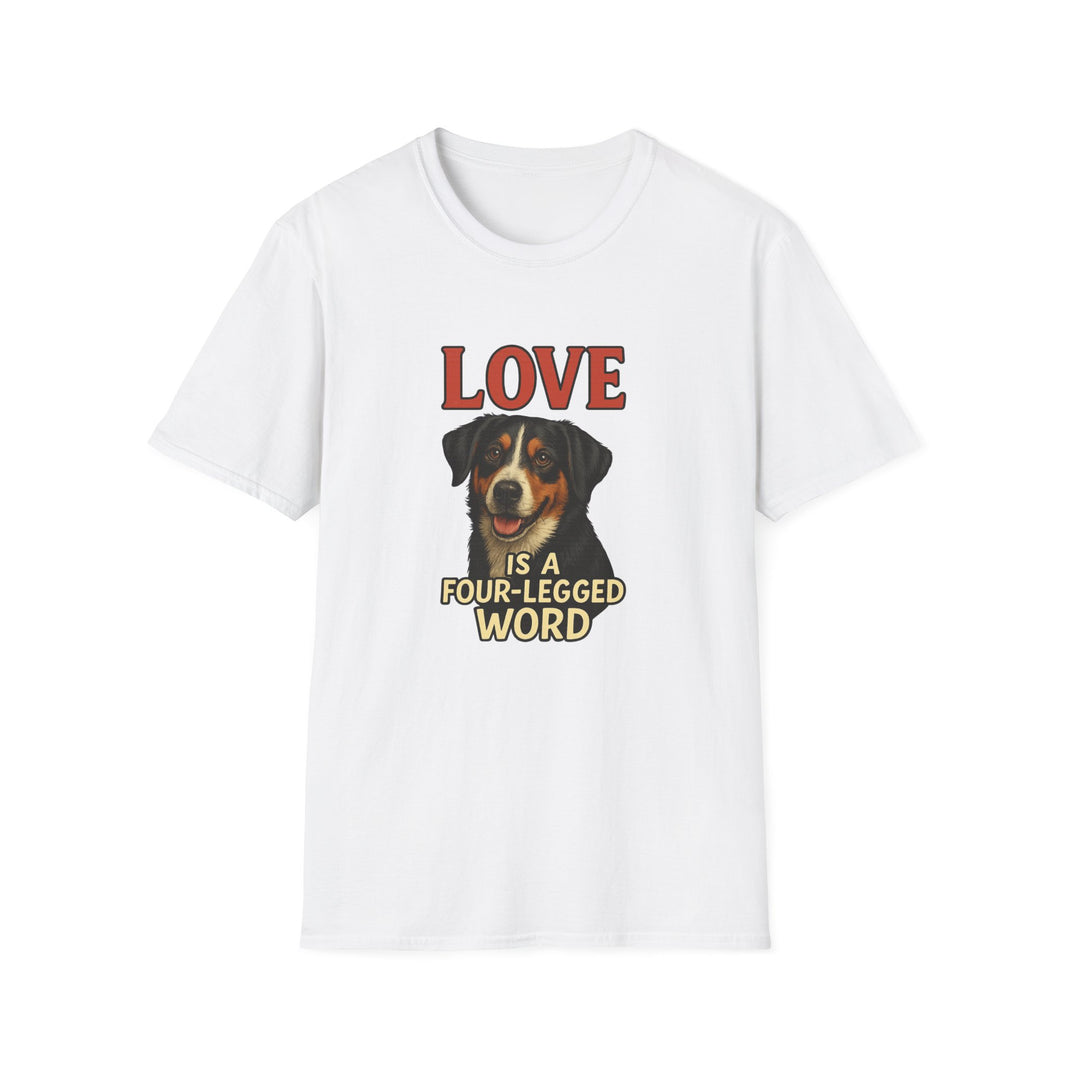
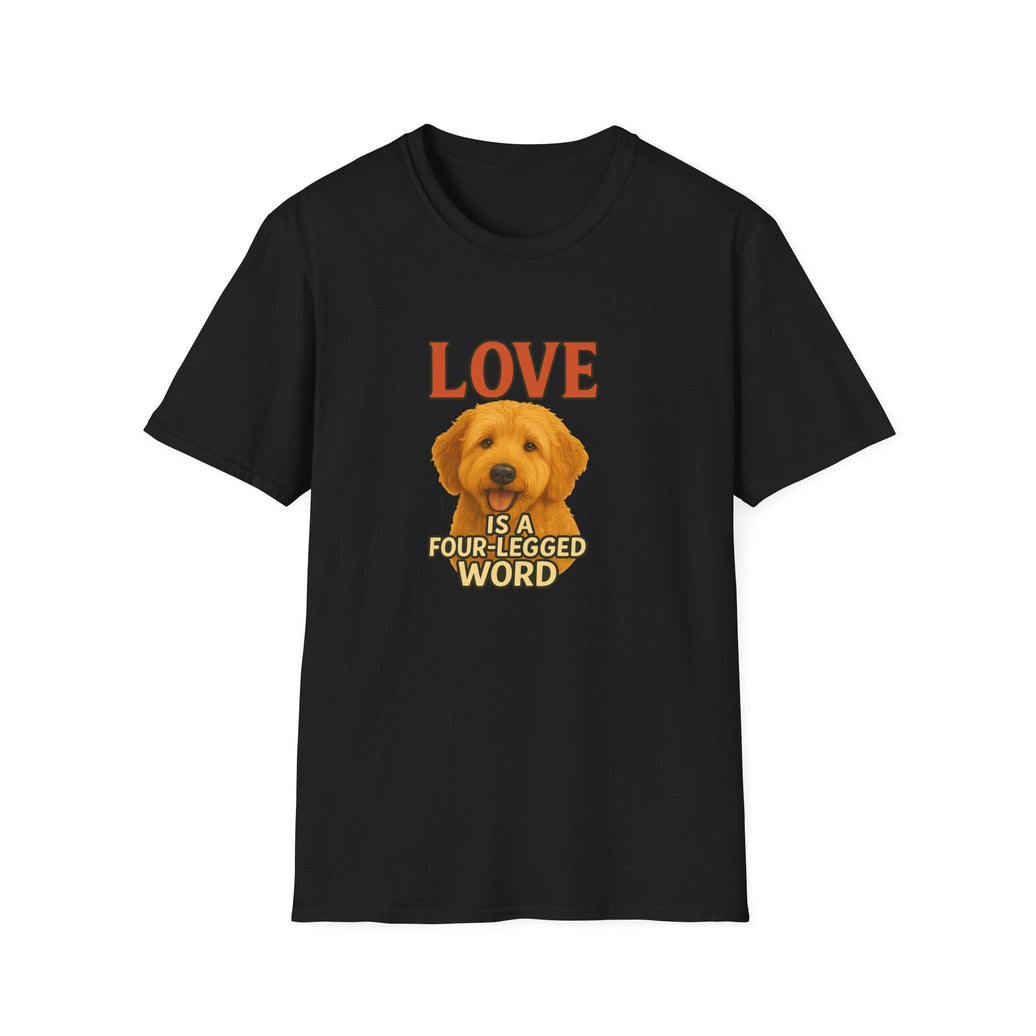
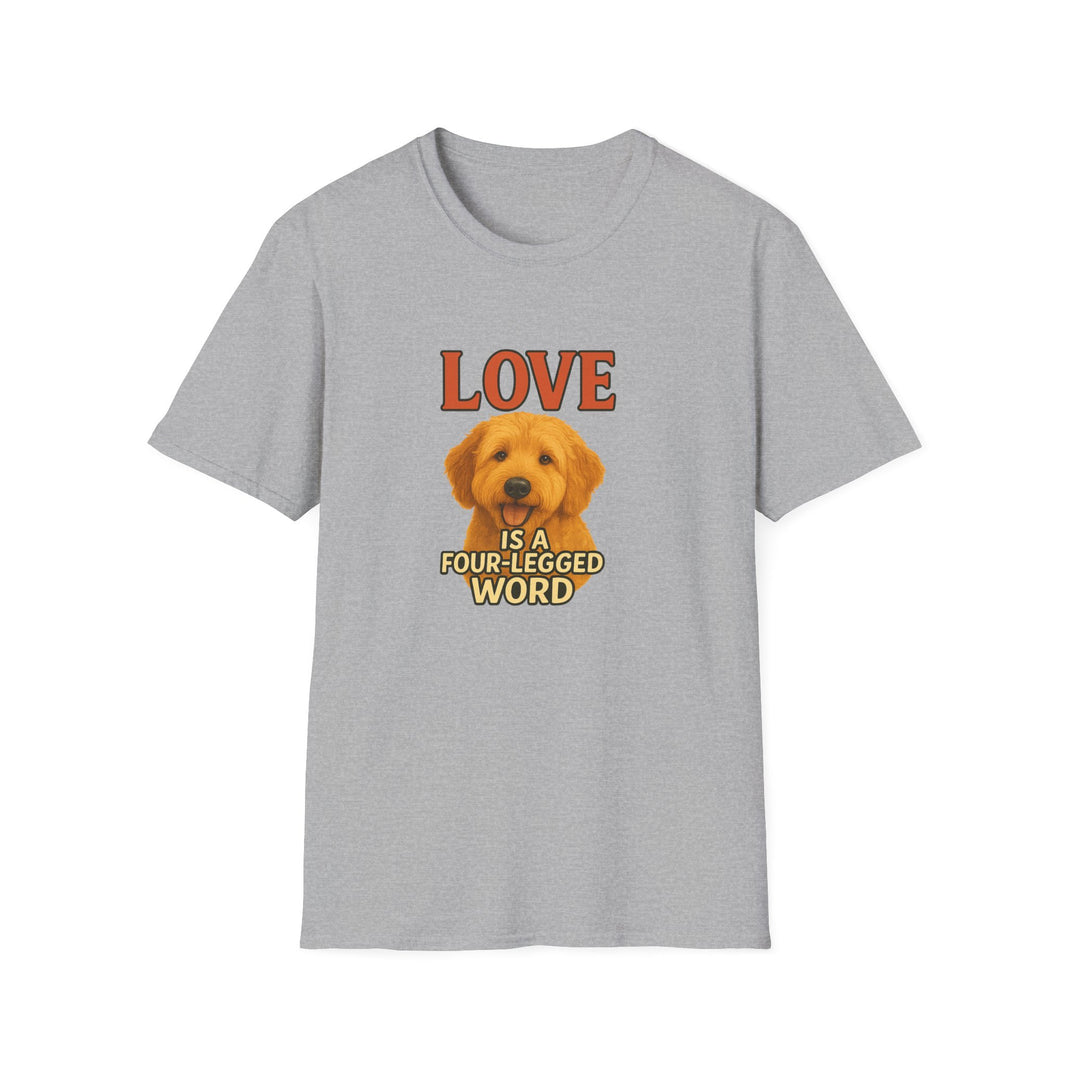






Leave a comment